ARTS AND CULTURE INFORMATION GATEWAY
Immerse yourself in the colorful world of art and culture! From traditional heritage to contemporary works, discover uniqueness that reflects the nation's identity and identity
TARIAN JOGET SAUK
Picture
0
Video
Available
Today's Visitor
54
Number of Visitors
769
Introduction and history
This dance differs from other joget dances in that the foot movements are swung in tandem with the hand movements in the same direction, creating an almost reverse-like motion. The uniqueness of this dance lies in its two-step backward foot movement and one-step forward using the heels, while the hands mimic a scooping motion.
The Joget Sauk dance is a variation of the traditional Malay joget dance that is particularly renowned in Kedah. It was popularized in the district of Sauk, an area in Perak bordering Kedah, and later flourished in Kedah itself. Joget Sauk combines elements of dynamic traditional Malay dance with influences from local and foreign cultures, making it distinctive and captivating.
The primary function of Joget Sauk is as a medium for entertainment and celebration. It fosters community bonds through choreography that is easy to follow, with dancers often inviting the audience to participate. This inclusive nature makes it a communal activity that brings people together, whether during festive occasions, cultural performances, or social gatherings.
The costumes used in Joget Sauk typically consist of traditional Malay attire such as baju kurung or kebaya, adorned with songket or batik fabrics. These are often worn during official performances and celebratory events. The songket fabric symbolizes cultural status and richness, with floral or geometric motifs that reflect the meticulous craftsmanship of Malay artistry.
Dancers also wear traditional accessories such as shawls (selendang), beaded ornaments, and headpieces like buns (sanggul) or floral arrangements (bunga rampai), enhancing the elegance of each movement. Additional accessories such as bracelets, rings, and earrings further complement the attire, adding charm and sophistication to the performance. Despite the fast-paced and energetic nature of the dance, the costumes and accessories are designed to allow freedom of movement while maintaining traditional aesthetics.
The primary musical instruments used in Joget Sauk are the gendang (drum), rebana (frame drum), and serunai (a traditional flute). The gendang plays a crucial role in setting a strong tempo and rhythm, while the rebana adds harmonic depth and beauty to the music. The serunai, as a wind instrument, produces enchanting sounds that evoke emotional resonance in the performance. Other instruments like small gongs and tambourines are also used to add rhythmic variation and enliven the atmosphere.
In general, the structure of a Joget Sauk performance consists of three main parts: the opening, the middle section, and the closing.
In the opening, the dancers introduce themselves with simple yet captivating movements. This is followed by the middle section, which highlights the interaction between pairs of dancers through more dynamic and stylish steps. Finally, the closing section typically features dancers spinning with livelier movements, ending the performance with a strong visual impact.
The energetic and spirited movements, combined with the harmonious music and vibrant costumes, make Joget Sauk a visually and emotionally engaging performance that continues to resonate with audiences.
-
Reference Source
Bahan Bacaan
Abdullah, M. (2019). Kehidupan Sosial dan Tarian Tradisional: Kajian Tarian Joget di Kedah. Universiti Utara Malaysia Press.
Location
State JKKN Contact Information
Encik Mohammad Salleh bin Mahmud
Cultural Officer
Jabatan Kebudayaan dan Kesenian Negara, Kedah
Kompleks JKKN Kedah
Lot PTD 400, Pumpong
05250 Alor Setar
KEDAH DARUL AMAN
011-10899646
Use the form below to contact the Informant/Figure/Editor/Researcher directly. We will respond to your inquiry as soon as possible!

 No 26, Jalan Ros, Felda Bukit Batu, 81020, Kulai, Johor
No 26, Jalan Ros, Felda Bukit Batu, 81020, Kulai, Johor







